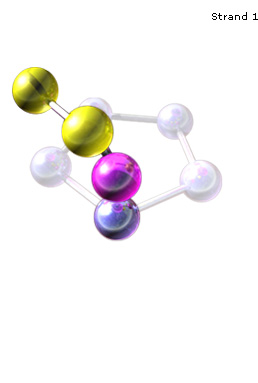|
|
 |
Transfer of Energy |
|
|

 |
 |
 |
All energy can be considered to be either kinetic energy, which is energy of motion;
potential energy, which depends on relative position; or energy contained by a field, such as electromagnetic waves. |
|
|
 |
Heat consists of random motion and the vibration of atoms, molecules, and ions. The
higher the temperature the greater the atomic or molecular motion. |
|
 |
Heat moves in predictable ways flowing from warmer objects to cooler ones, until both reach the same temperature. |
|
 |
Heat can be produced in many ways, such as burning or rubbing. Heat can move from one object to another by conduction. |
|
|
|
|